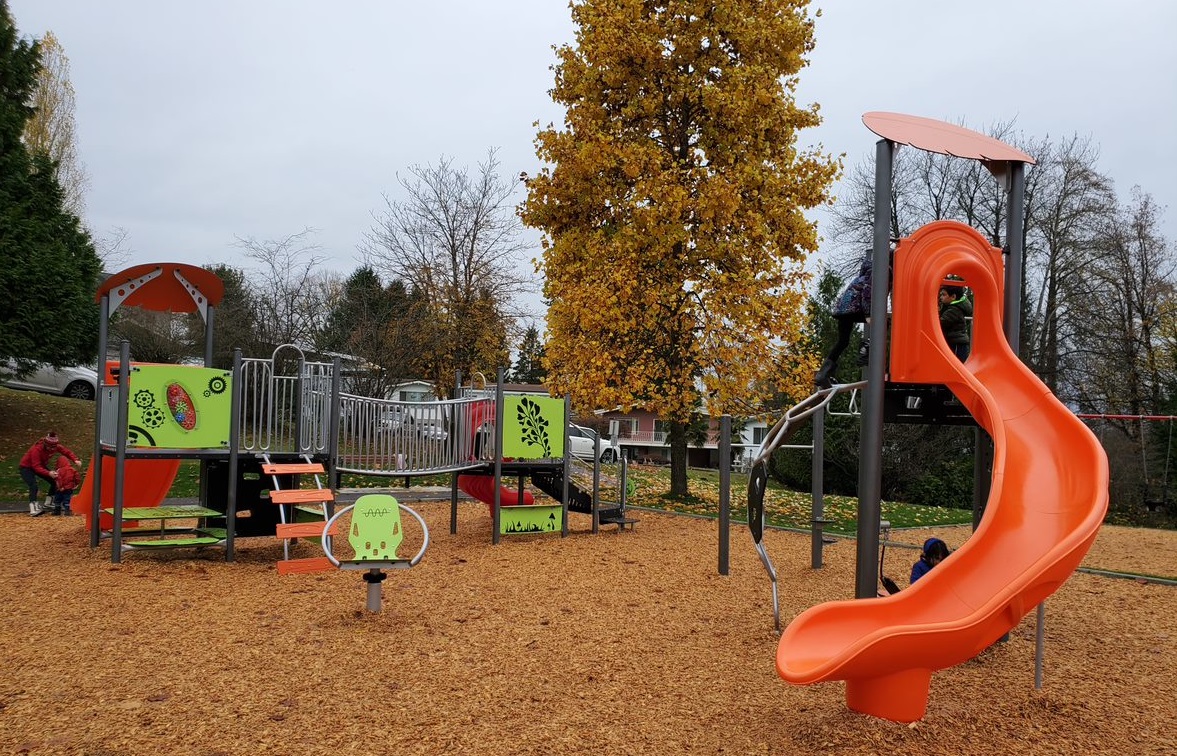Playgrounds are essential in our children’s lives and their growth in our community; however, playgrounds can include children with certain special needs or people of other ages. In this post, we will discuss the importance of building inclusive playgrounds and how they positively impact all community members.
When referring to inclusive parks, let’s talk about those places where children and adults will thrive. These parks’ objective is that any child can play while adults can join in certain activities regardless of their abilities. Inclusive parks help the community to socialize easily and promote spaces where they can exercise and, at the same time, can be distracted.
What characterizes an inclusive play area?
Inclusive playgrounds are characterized by their universal design and a diversity of sensations for the people who use these spaces. These are parks where both children and adults will interact and have experiences that satisfy diverse needs and interests. Through each person’s physical capacities, they will be able to access the different activities offered by the same inclusive space.
Universal design
Universal design is characterized by having a structure with great flexibility and accessibility, this type of design is used in inclusive playgrounds because it allows the participation of a diverse population and improves the performance, health, and well-being of these people. The universal design allows the entire community’s participation, regardless of their age or if they have a particular condition. This design creates a space where everyone can have fun and grow at the same time. In no way does it eliminate the risk or fun that other types of playgrounds offer.
Older adults and people with special needs
The most significant benefit of these playgrounds is that older adults and children with special needs will use them since they have the necessary standards and resources to provide them with a safe and flexible space. For example, there are certain areas that to be used require “both arms” or a higher level of physical strength, while on the other hand, an inclusive children’s park will have the same areas, but designed in such a way that to be used they do not require use “both arms” or that can be used with little physical strength. This also applies to areas like parking lots, bathrooms, eating places, and many others.
Various ages
The inclusive playgrounds allow people of different ages: children, adolescents, adults, and the elderly, to use the different areas and structures, participating in the dynamics with the children and interacting with each other; all this allows members of the community to be integrated into despite having different ages and ways of thinking.
What do you think about this topic? What other features make a playground inclusive?
If you have any questions or queries, you can contact us or write your question below (comments section).
Imagen by Westplay.
